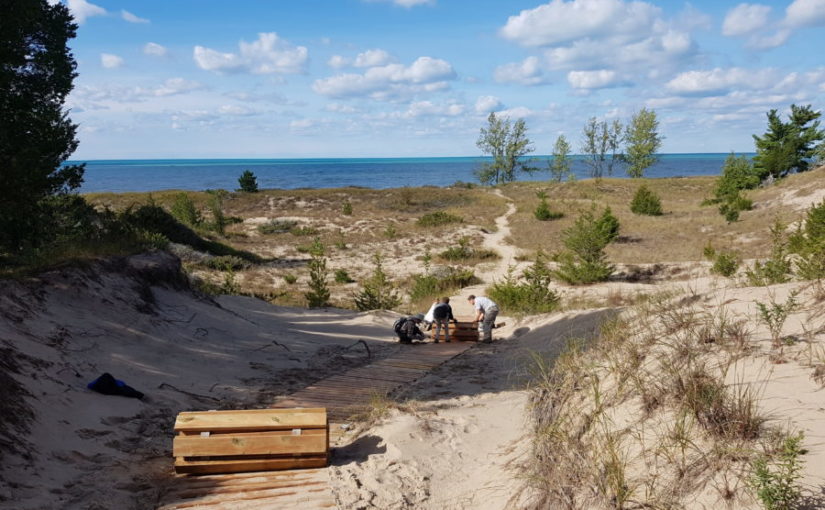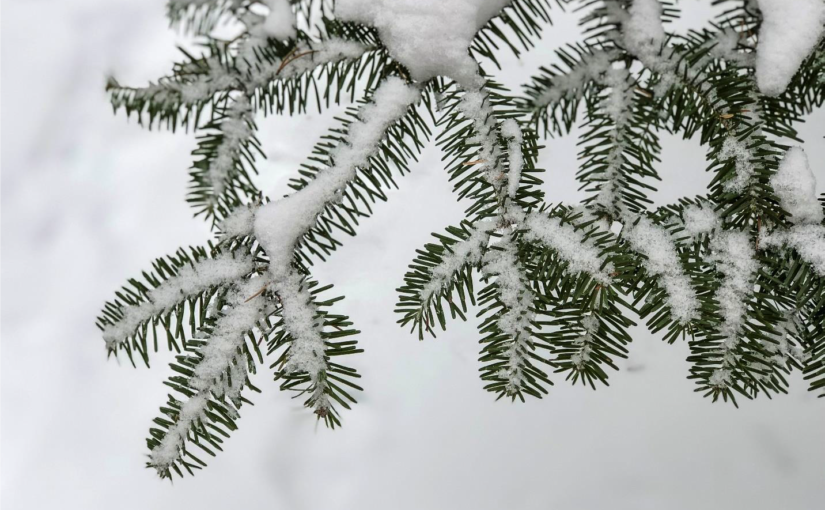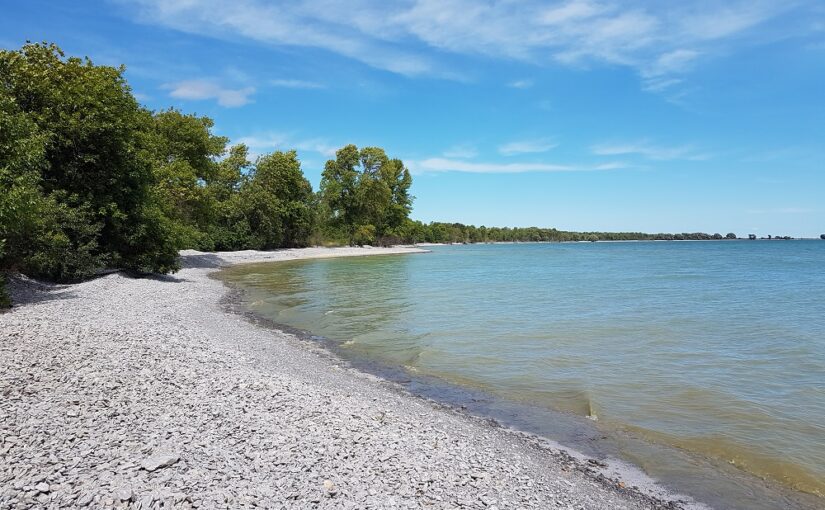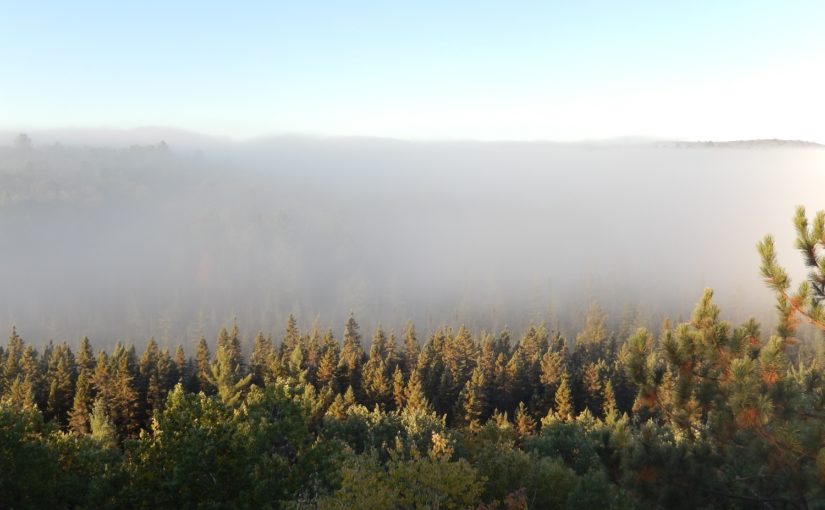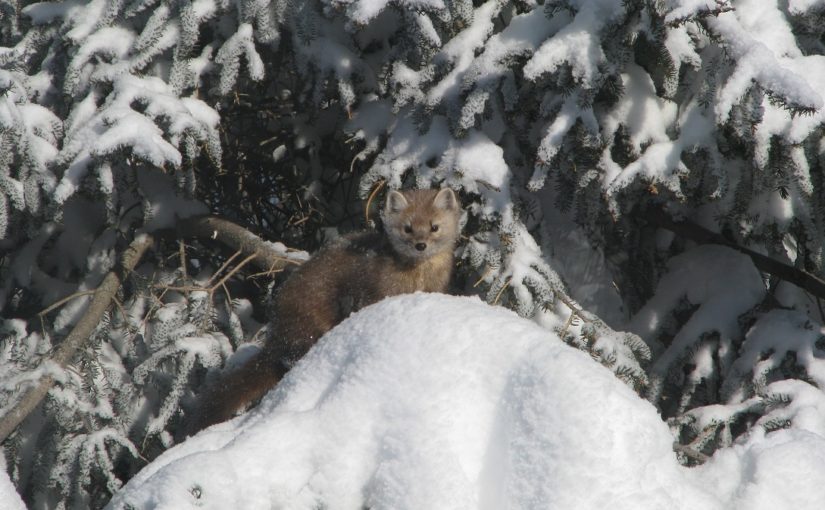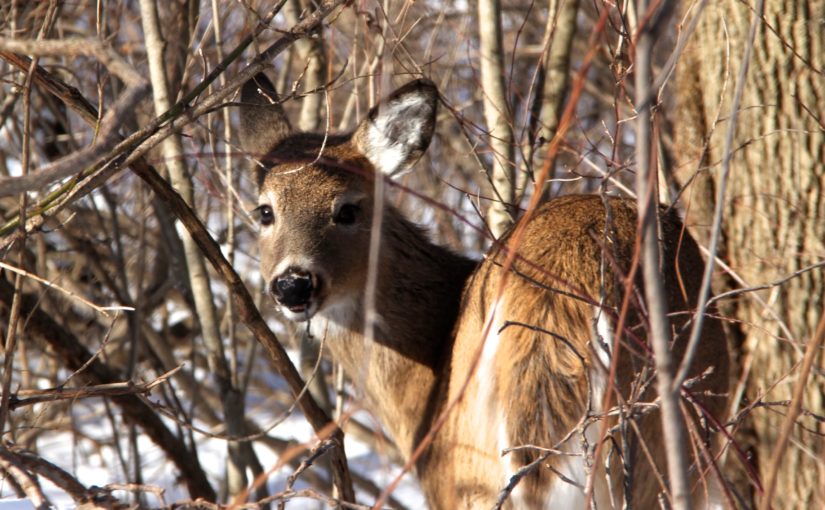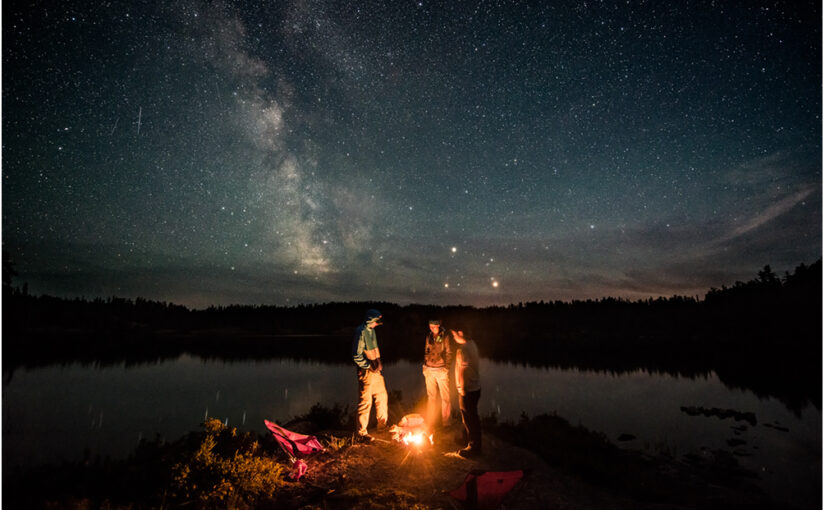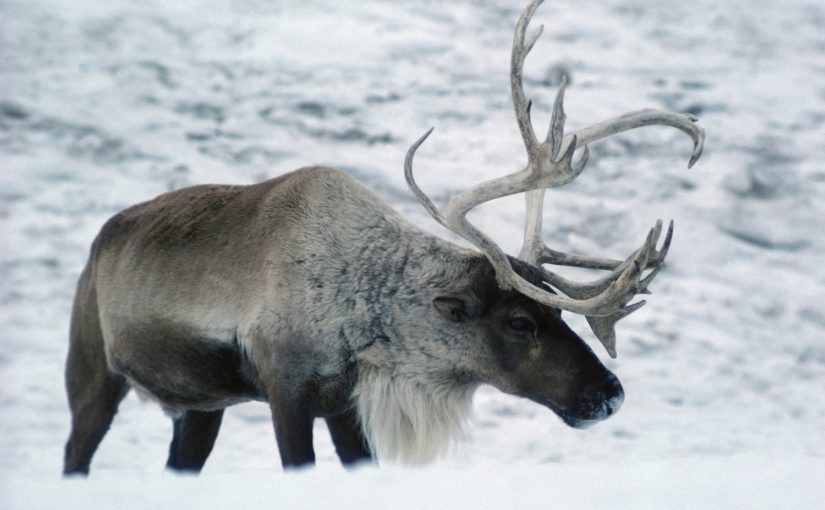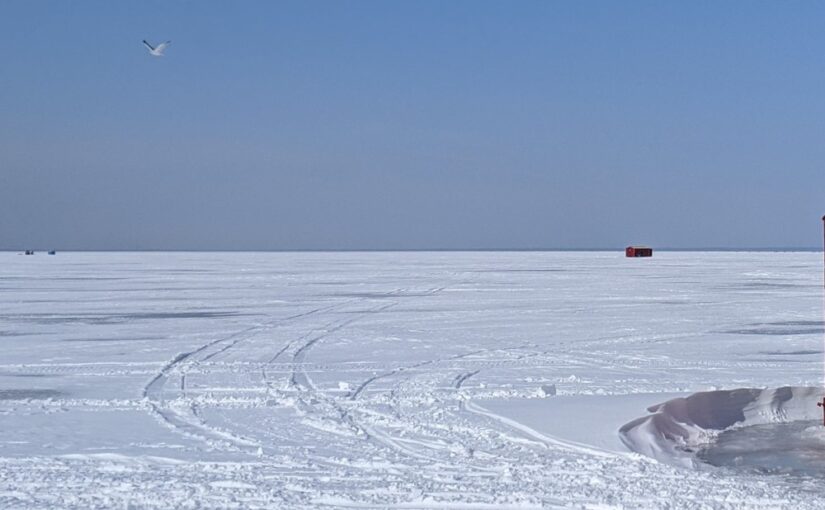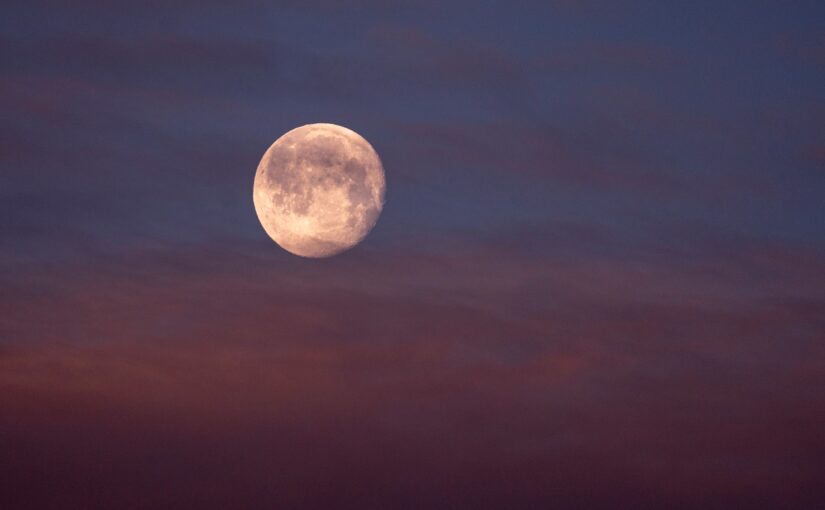Our staff have been working hard to evaluate the possibility of establishing a new conservation reserve.
Ostrander Crown Land Block and Point Petre Provincial Wildlife Area are two ecologically significant areas along the southern shore of Prince Edward County.
They are currently designated as provincial Crown land, managed by the Ministry of Northern Development, Mines, Natural Resources and Forestry.
These are areas used for waterfowl hunting, hiking, recreational motorized vehicles, birdwatching, and other recreational activities that all Ontarians are welcome to enjoy.
The South Shore is recognized as a unique and globally significant Important Bird and Biodiversity Area and an International Monarch Butterfly Reserve.
Could a conservation reserve designation help protect these uses and values?
The Ministry of the Environment, Conservation, and Parks proposes that designating the area as a conservation reserve would help strengthen the long-term protection and health of local wildlife and ecosystems (and invites your feedback!).
Continue reading Establishing a new conservation reserve in Prince Edward County
